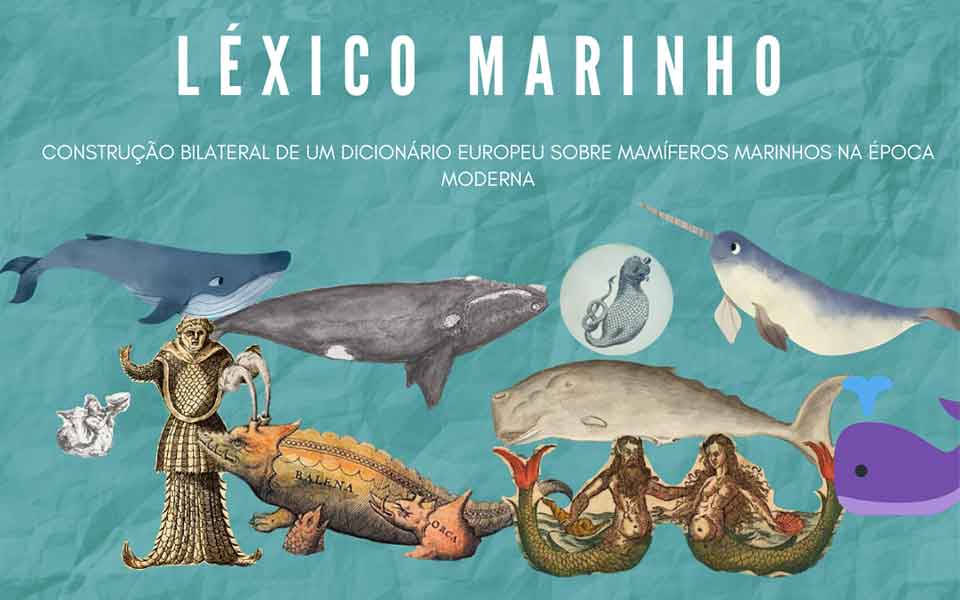Start . 2019
Duration . 24 months
Principal Investigator . Cristina Brito (CHAM)
Website . http://marinelexicon.fcsh.unl.pt/
INSTITUTIONS
Funding Entity
EEA Grants Portugal — Iceland Liechtenstein Norway Grants
Main Research Unit
CHAM — Centre for the Humanities
Partnerships
Nordic Institute for Studies in Innovation, Research and Education
University of Bergen

MARINE LEXICON is a bilateral cooperation project, between Portugal and Norway, aiming at the joint construction of a thesaurus of common names of marine mammals (cetaceans, seals and sea lions, and sirenian) and elements represented in the early modern age (sea monsters, hybrid beings, folklore). This project will allow the establishment and reinforcement of networking and research in historical whaling, sealing, and marine mammals’ appropriation, trade and use from prehistoric times up to the medieval and the early modern period (15th-18th centuries). Research will be made recurring to documentary and visual sources for the European and transatlantic natural history, which include saga literature, diaries, treaties, leaflets, maps, travel literature among other typologies of sources.
We chose as a representative of this initiative an illustration of a North Atlantic Right Whale (Eubalaena glacialis), which travels between Norway and Portugal, uniting our project. Author: Catarina Garcia.
Goals
The main goal of this project is to launch a database, lexicon or thesaurus of terms and words related with northern marine mammals. This lexicon will be open-acess and will unite information in portuguese, english, spanish, norwegian, dutch, german, modern greek, french, Cape Verde creoule and São Tomé and Príncipe creoule. Beyond our contributions and the results we hope to achieve, this database will be continuous feeded even after the end of the project.
Cristina Brito . Principal Investigator
Portugal
Norway
Anne Karin Hufthammer, Associate Professor. University of Bergen; Department of Natural History
Liselotte Takken Beijersbergen, University of Bergen; Department of Natural History
Auxiliary Documents:







